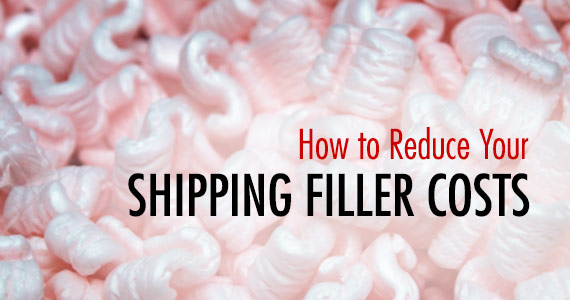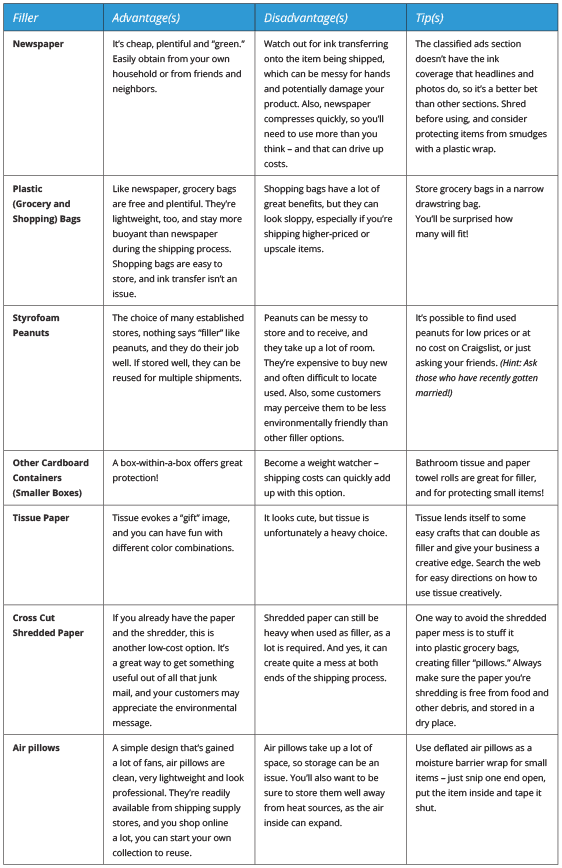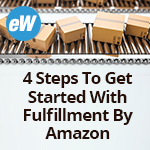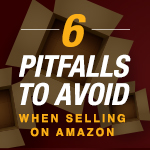 If you’ve ever had an apple squash a sandwich in your lunch bag, you can understand why shipping filler and packing materials are so important to the shipping process. Yes, filler helps protect your products from damage during shipping – but beyond that, filler can have a direct impact on both your image as an e-commerce seller and your bottom line. Learn the basics of filler, when and why filler costs should be controlled, and how to choose the right filler for the items you are shipping to customers.
If you’ve ever had an apple squash a sandwich in your lunch bag, you can understand why shipping filler and packing materials are so important to the shipping process. Yes, filler helps protect your products from damage during shipping – but beyond that, filler can have a direct impact on both your image as an e-commerce seller and your bottom line. Learn the basics of filler, when and why filler costs should be controlled, and how to choose the right filler for the items you are shipping to customers.
What is Filler?
Filler is packing material used to fill empty space in your package to prevent jostling, breakage, and overall wear and tear resulting from the shipping process. Consider how often packages are moved from vehicle to vehicle and through multiple warehouse environments – especially when you’re working with international customers! (Get more tips for international packing).
Don’t confuse filler with protective packaging (like bubble wrap and foam padding), which is the first line of defense against breakage; filler is an extra measure of protection.
Here’s a glance at the most commonly used shipping fillers and packing materials, including packing tips, plus pros and cons:
Before You Fill …
Consider the size of your box! The right-sized box is almost always cheaper to ship and cheaper to fill. If you don’t have a smaller box handy, you can always cut down a larger box. Simply cut off the flaps and make new ones by slicing the box sides; just make sure the retrofitted box still has 1 ½ to 2 inches of space on all sides to fill, so it’s eligible for shipping insurance, and you’ve reinforced the seams with packing tape.
Points to Consider
As shown above, filler takes many shapes and forms. Your choice of filler will be driven primarily by price and weight, and some e-commerce business owners will also want to consider store image as well.
- Price. Obviously, you’re looking to get the best value from the filler you choose. The good news is at some fillers are free, or close to free! Newspaper – either your own or donated by a friend – is an obvious choice. Reusing filler from packages you receive is another easy and inexpensive option, and environmentally friendly!
- Weight. “Free” filler quickly becomes pricey if it adds too much weight to your shipment. Be wary if you aren’t shipping via a flat-rate box! It’s tempting to pack filler tightly, but when your shipping cost outweighs your product cost, it’s time to consider lighter options. And don’t forget to look as closely at box size as you do filler type. Obviously, larger and heavier boxes cost more to ship and can require a lot more filler than if you go for a more appropriately sized shipping box.
- Image. Because filler can be the first impression your customer will have of your shipment, choose it carefully. Of course, you don’t want your filler to damage the product it’s supposed to protect; for example, newsprint easily transfers ink. However, if your store purports to be “green,” it sends a positive message about reusing and recycling. (Consider using only the classified section, which doesn’t have ink-heavy headlines and photographs, and putting it through a paper shredder instead of simply crumpling sheets.) If you’re selling something expensive or one-of-a-kind, project an upscale image with tissue paper or fancy fillers available from packing or gift-wrap stores … as long as your item is priced to absorb that extra cost!
Had Your Fill?
Now that you’ve learned about your filler options, think about the filler that will work best for your product, your budget and your online store as a whole. Pay attention to shipments you receive to help weigh the pros and cons of the different filler types. Finally, keep records of your shipment costs and customer feedback about the condition of your products.







